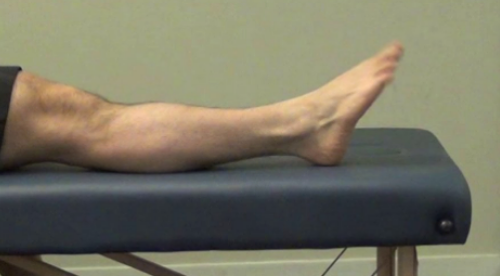Plantar flexion matters, too. Don't get stuck only on ankle rocker/dorsiflexion.
/Plantarflexion matters, too.
"one must gain posterior length through anterior strength, lose the strength, lose the length."
We always seem to be harping on ankle rocker and ankle dorsiflexion. But, ankle plantarflexion matters just as much, but in different ways. This study went off of plantarflexion contracture, but we see shortness in the gastroc and soleus all the time, it seems in fact to go with loss of anterior compartment weakness, which is in essence, a functional (if not more truly restricted) loss of ankle rocker. Typically these 2 beasts are both in the same shopping bag. It is why we like to say, "one must gain posterior length through anterior strength, lose the strength, lose the length." This is not to say that shortness, tightness or contracture are the same thing, in fact they are on completely different spectrums. But, losing "posterior mechanism" length (short, tight or contracture), for whatever reason will do many potentially bad things to one's gait cycle and biomechanics. There are too many here of those to name, but, a functionally longer leg, tendency towards knee extension, knee flexion accomodation, early heel rise, abrupt departure from the limb and and abruptly onto the contralateral side, increased forefoot loading problems, toe clenching, loss of hip extension, impaired hip extension, increased quadriceps tone (and thus possible increased PF joint compression), changes in step and stride length and step width are just the start of some of the things your brain needs to start juggling.
The above are some of the thoughts immediately triggered by reading this abstract , , ,
Clinical Biomechanics. Volume 29, Issue 4, April 2014, Pages 423-428
The impact of simulated ankle plantarflexion contracture on the knee joint during stance phase of gait: A within-subject study
Joan Leung, Richard Smith, Lisa Anne Harvey. Anne M. Moseley, JosephChapparo
















